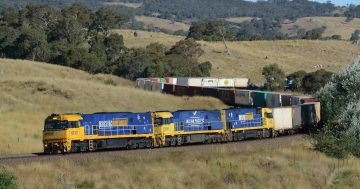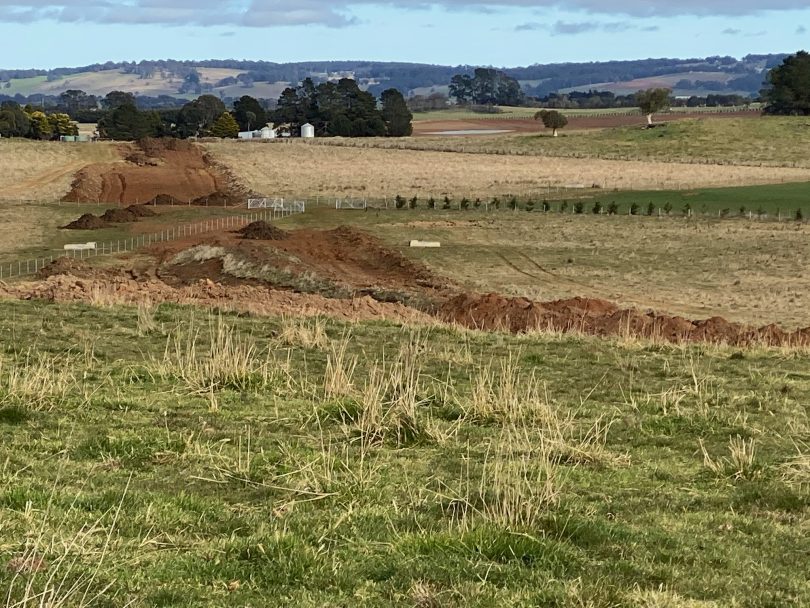
A farmer has removed about 1.5 kilometres of heritage railway from crown land at Crookwell.
An investigation is underway into the unauthorised removal of a non-operational railway track by a cattle breeder at Crookwell in the NSW Southern Tablelands.
The track, which was built between 1900 and 1902, and is part of the Goulburn-to-Crookwell heritage railway line, was intended to reopen as a tourist attraction.
A group of local rail enthusiasts had applied for Federal Government and NSW Government grants to purchase pedal-powered rail bikes that would operate between Crookwell and McAlister on the old line.
However, the removal of about 1.5km of the track at Crookwell means the rail bikes could no longer reach McAlister.
The Goulburn Crookwell Heritage Railway group said it was notified of the track removal by a property owner who neighbours the cattle breeder and reported it to John Holland, which is contracted by Transport for NSW to operate and maintain the track.
A Transport for NSW spokesperson told Region Media it is investigating the report.
“Unauthorised removal of rail line and other assets from non-operational corridors is not permitted, and if pursued would be treated as property theft,” said the spokesperson.
“Non-operational lines are still part of the network and can only be removed from the network once closed by an act of parliament.”
However the cattle breeder, Jeff Knox from Knox Farms on Roslyn Road, told Region Media he stood by his decision to remove the track.
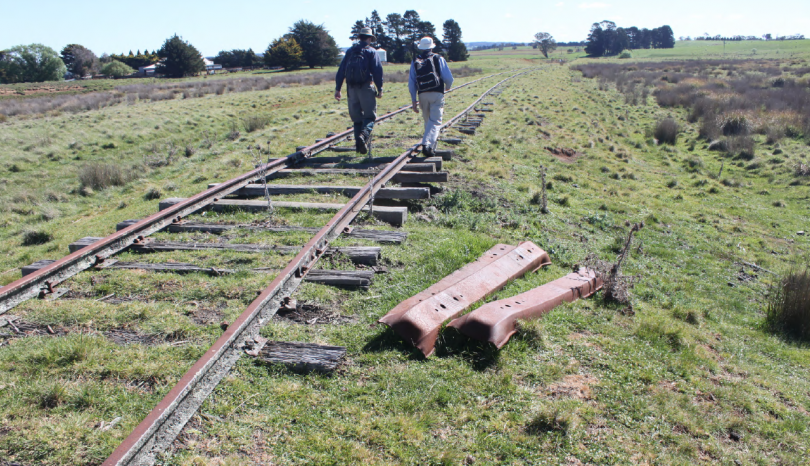
A working party walks along the section of track – which has since been removed – to assess its use as a walking and cycling trail. Photo: Goulburn Crookwell Heritage Railway.
He said it cost more than $250,000 to remove the track but he did so after his prized bull, valued at $100,000, broke its leg in the track and was subsequently put down.
Mr Knox also said his lawyer told him other landholders had removed the track towards Roslyn, which is about 20km from Crookwell.
He said the removed track is still on his property for authorities to collect.
“We have not stolen it,” said Mr Knox. “We have not removed it and given it to someone else. The reason it came out was the railway line has caused untold animal tragedy.
“The railway line was built on sleepers and when the cattle walk across the railway line and the sleepers give way, their legs break – you have to shoot the animal.”
Mr Knox said Transport for NSW had not notified him of the investigation.
“The railway department can squirm all they like, but it’s their job to maintain what runs through people’s property and to look after it,” he said.
“If it’s not looked after and it’s actually causing damage to farmers who have no fencing on either side, how are the stock to understand whose property is what?”
The Goulburn to Crookwell Railway Act 1899 shows the railway corridor is Crown Land and that there is no requirement for the authority to fence the corridor.

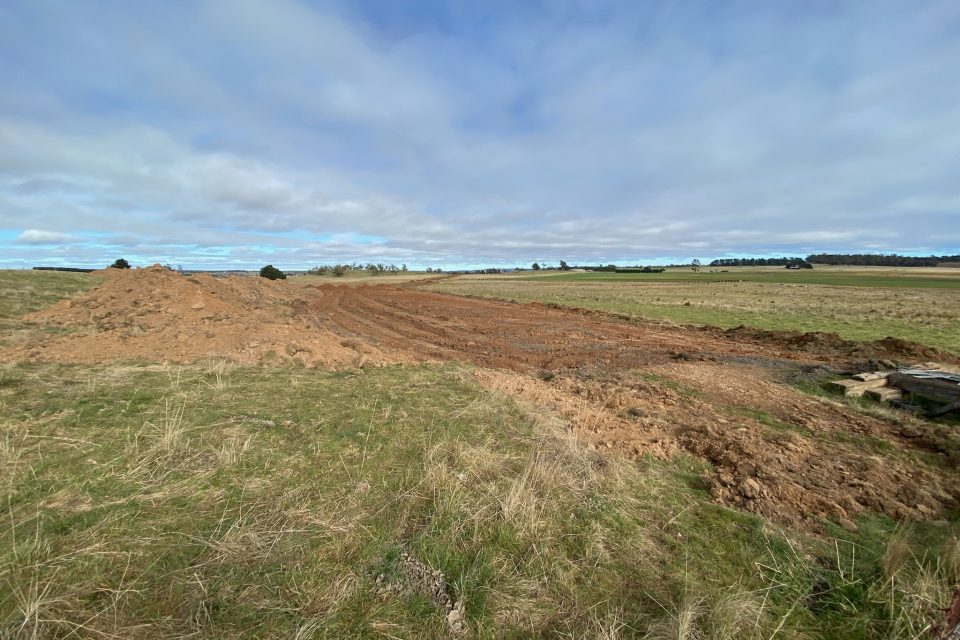

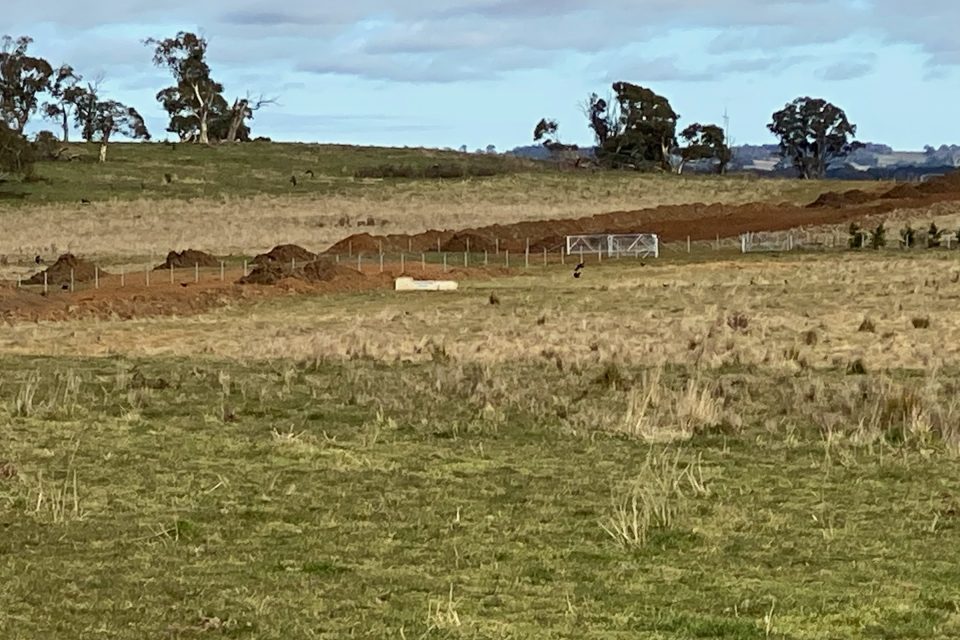
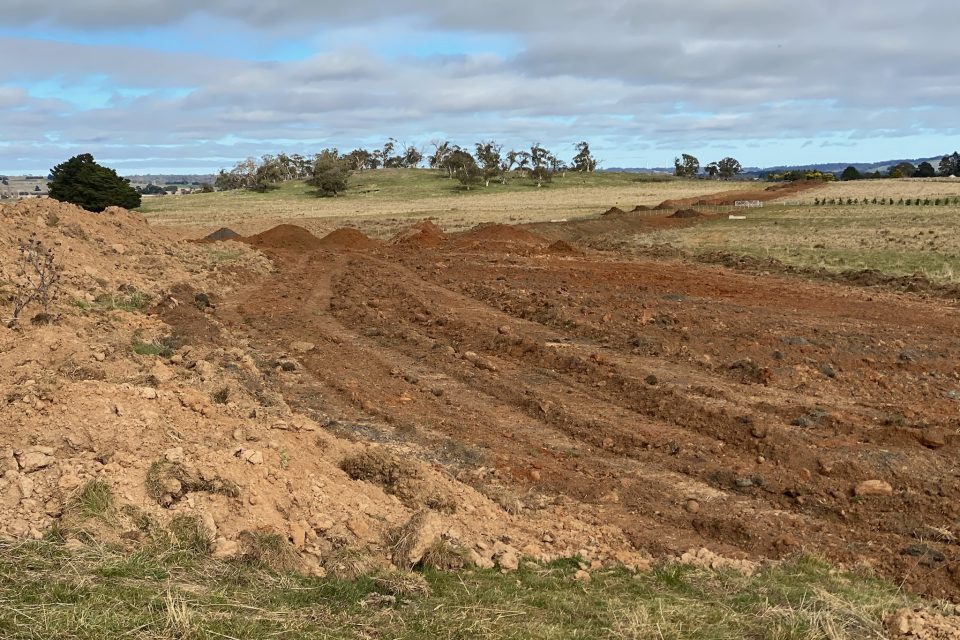

“Fencing the line in this instance is the responsibility of the property owner,” the Transport for NSW spokesperson said.
Mr Knox said he hadn’t contacted John Holland or Transport for NSW before removing the track.
He also said he is opposed to the rail bikes and a plan proposed by Upper Lachlan Shire Council and Goulburn Mulwaree Council to build a walking and cycling trail along the non-operational line, citing concerns about tourists being on his property and close to outlying buildings containing expensive machinery.
In the meantime, the Goulburn Crookwell Heritage Railway group said its biggest concern is that this could set a precedent for other landholders to remove the 3500km of non-operational tracks in NSW.








